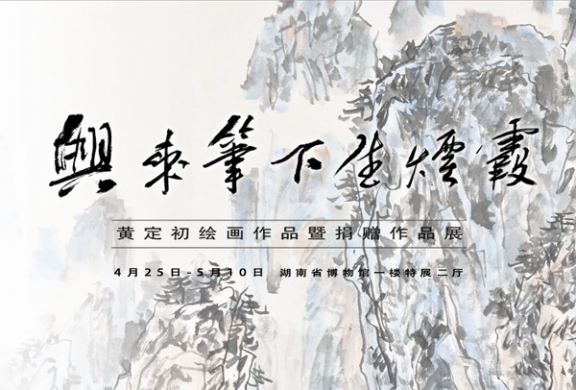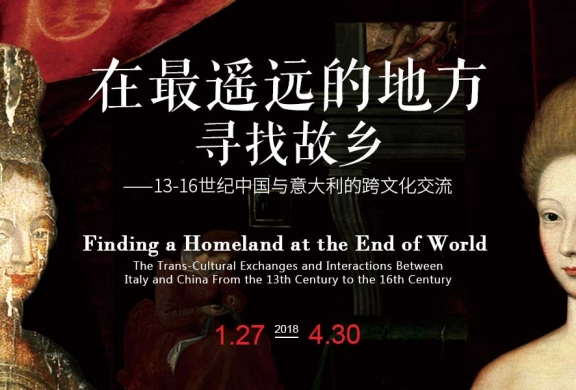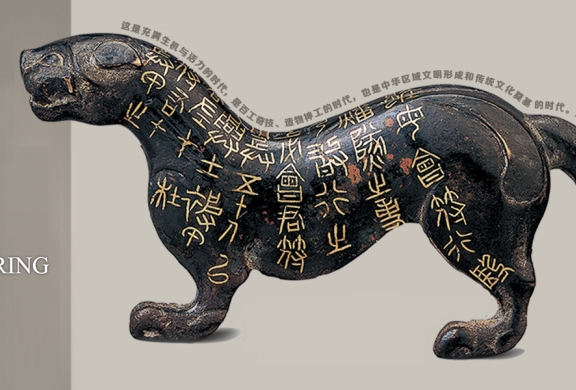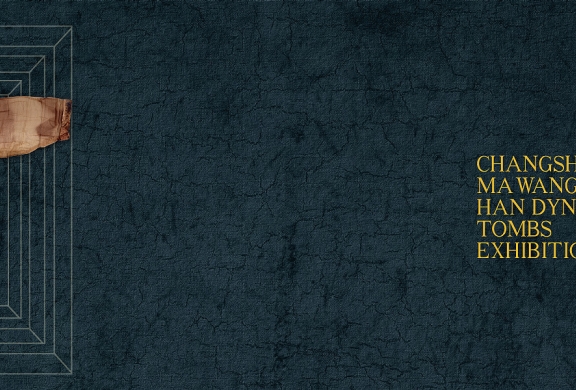Past Exhibitions
“My Future My Will”: International Children’s Paintings ExhibitionNo.2 Special Exhibition Hall, 1F 2018.05.21 - 2018.06.30 After birth, children begin to explore and try to understand the world by placing the “self” at the foundation of perception. At first, they cannot draw the boundary between themselves and the world. Then gradually, they learn to observe and describe the world from the perspective of “me”. Even if they can’t express themselves in words clearly, they will draw things whenever they pick up pens. During their growth, they learn to draw objects by using signs and express their feelings with brushes. They represent the real “self” by painting in their own way as kids. |
The paintings of Huang DingchuNo.2 Special Exhibition Hall,1F 2018.04.19 - 2018.05.10 Far beyond a faithful reproduction of outside world, Huang Dingchu's paintings, with skillful, dynamic brushwork and ingenuous yet connotation-loaded images, are imbued with poetic beauty of traditional Chinese ink painting and profound culture of Hunan area. |
Finding a Homeland at the End of WorldNo.1 Special Exhibition Hall,1F 2018.01.27 - 2018.05.06 The Renaissance in which the Europeans take great pride stemmed from the revival of ancient Greek and Roman culture and opened up the new era of modern civilization. Is it true? China and Italy are located at the two ends of the Euro-Asian Continent and are separated by the sea and the land mass. However, thanks to the Silk Road on both the land and the sea, many people like Marco Polo traveled between the two ends. China and Italy are separated geographically, but are tightly connected culturally. Just as Hermann Hesse the German poet used to sing: “Finding a homeland at the end of the world”. When people from the East and the West respectively are stepping into a strange new world, they would notice some familiar and strange things, and they would replace the “strangeness” with a “home-like” familiarity. Beauties on Wood Plate from Xinhui shares similar female images with Gabrielle and Her Sister, and the blue and white porcelain depicted in Feast of Gods has its counterpart in China. Were these pictorial similarities simply coincidences or fruits born out of geographical/cultural unions across mountains and waters? |
The Dawning East -Collections from the Spring and Autumn and the Warring States Periods1F 2017.12.29 - 2018.03.28 |
HunaneseExhibition of Hunan History and Culture 2nd Floor 2017.11.29 - 2020.11.10 Free admission |
Changsha Mawangdui Han Dynasty Tombs Exhibition3rd Floor 2017.11.29 - 2020.12.01 Free admission |








